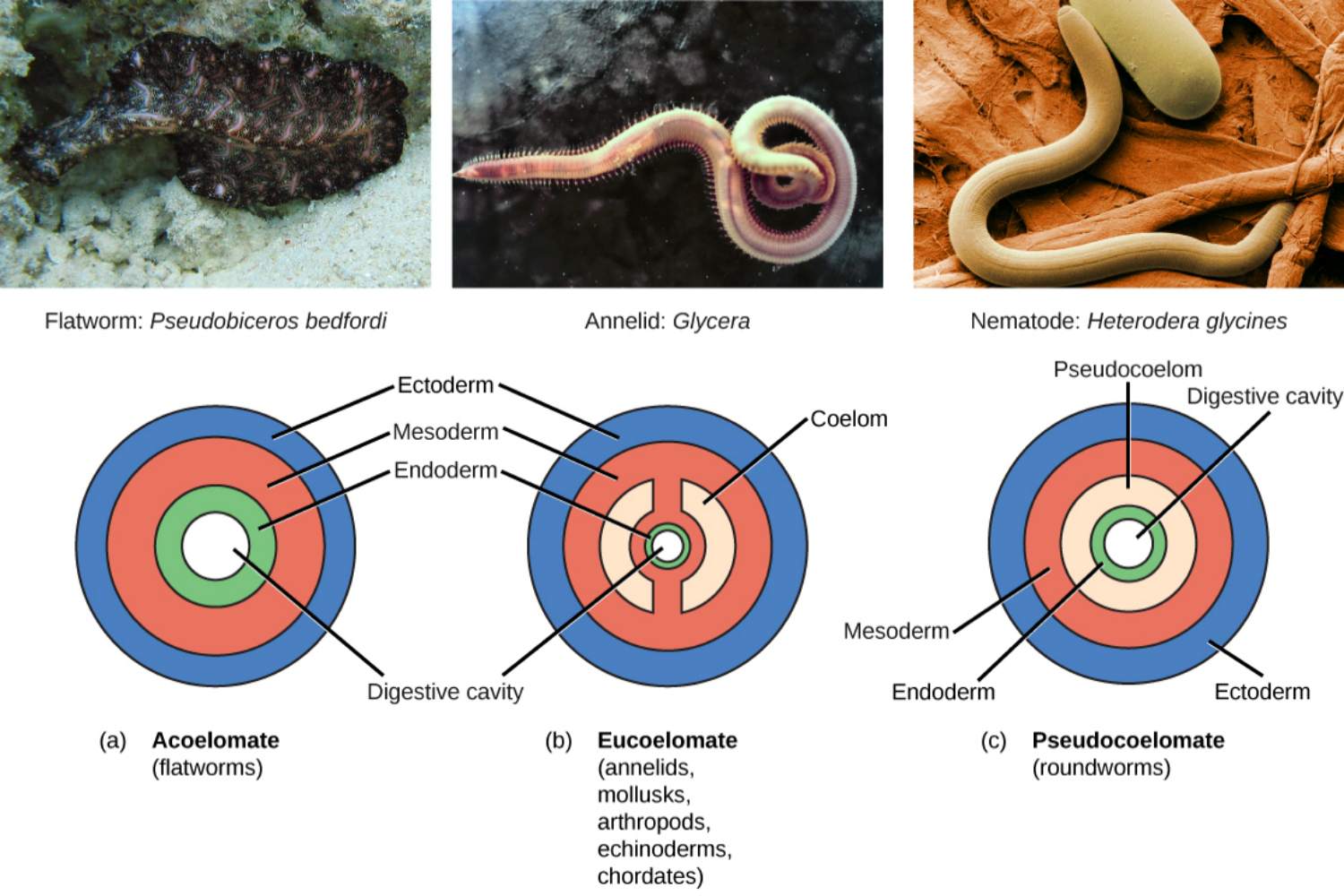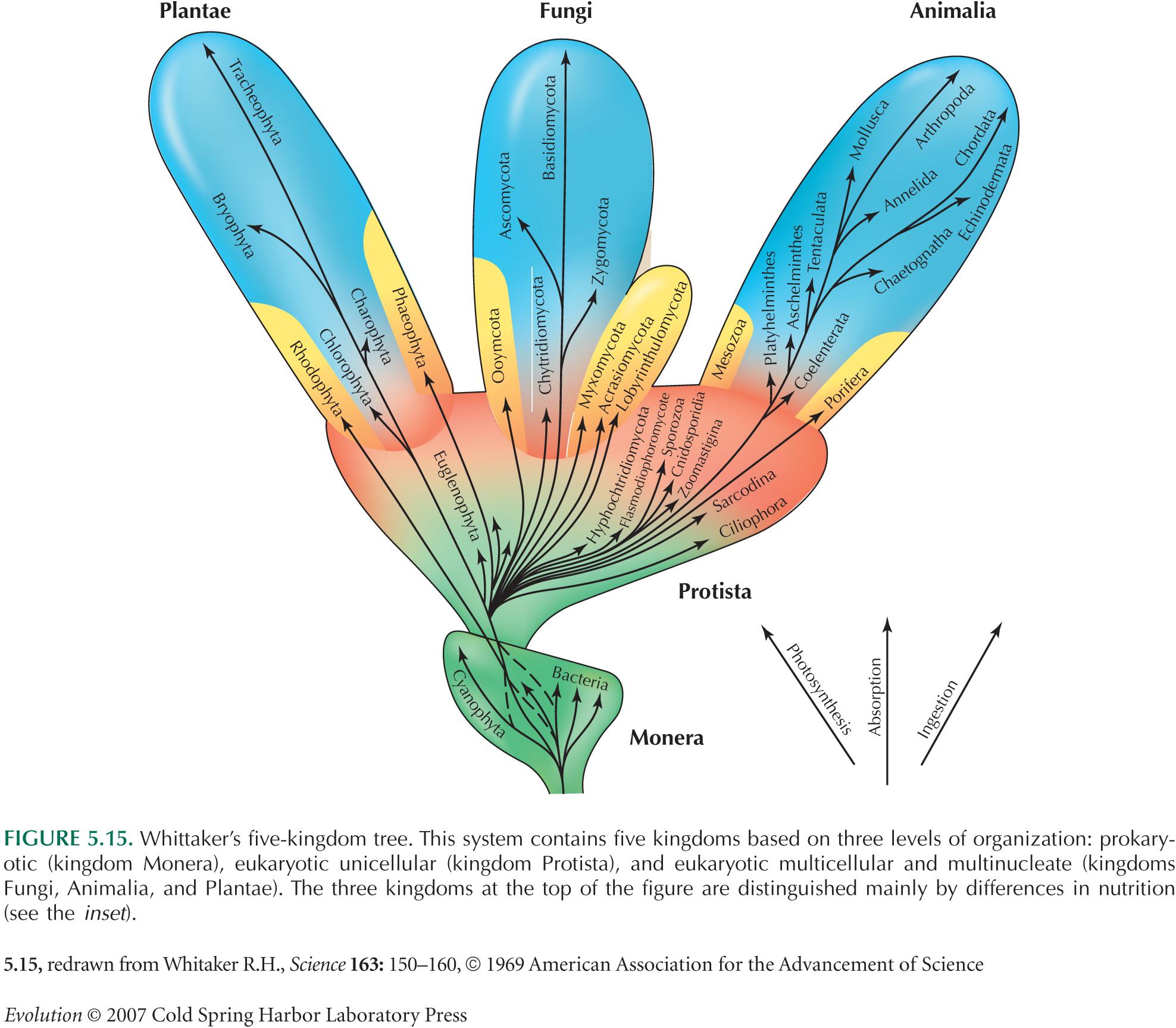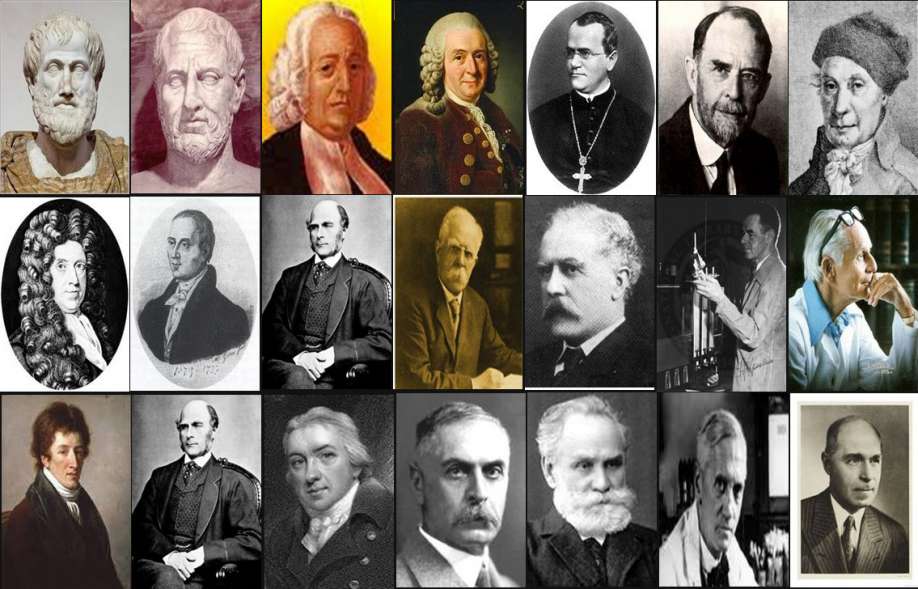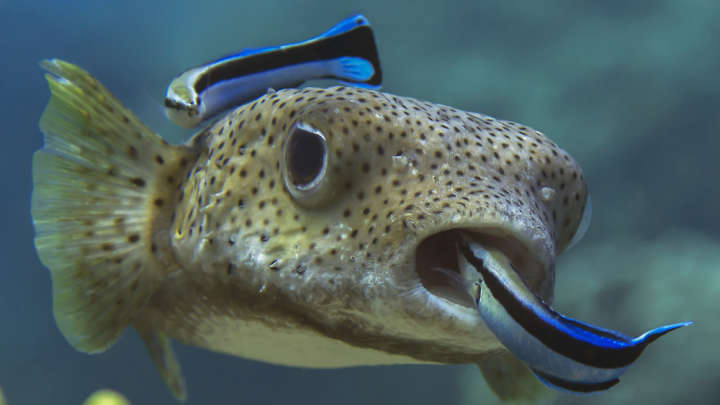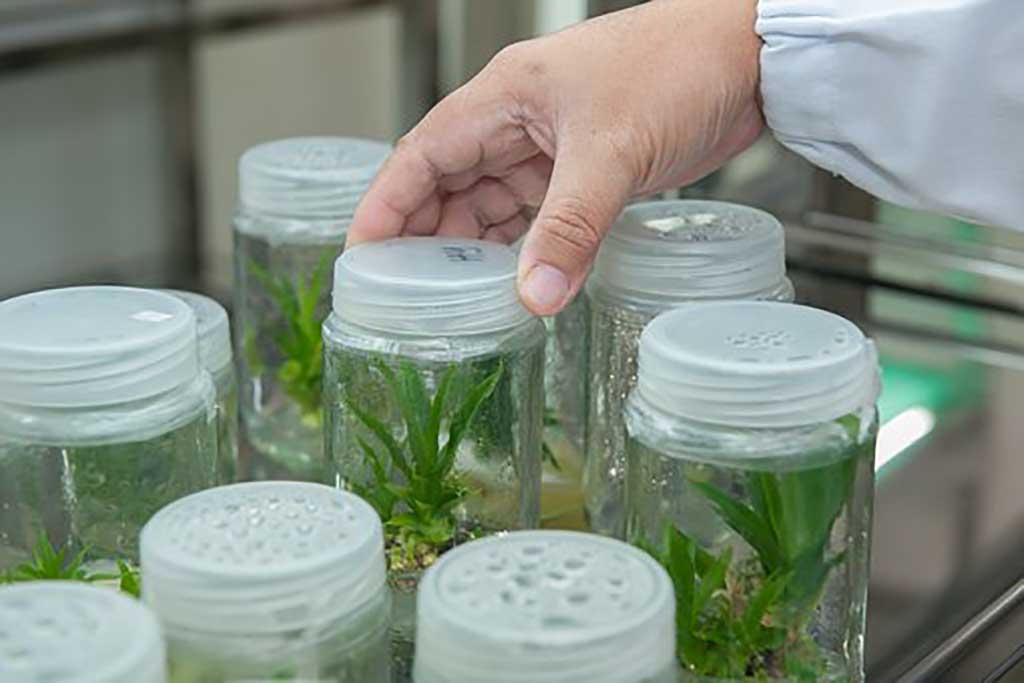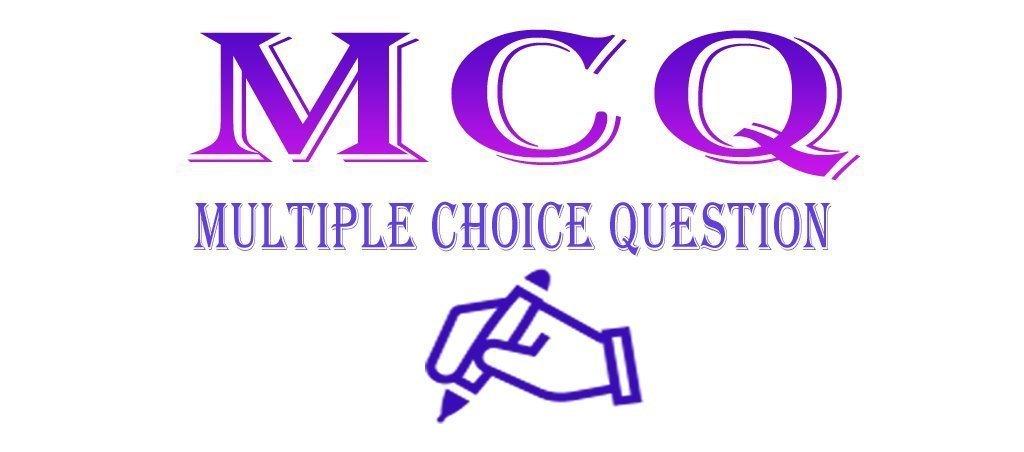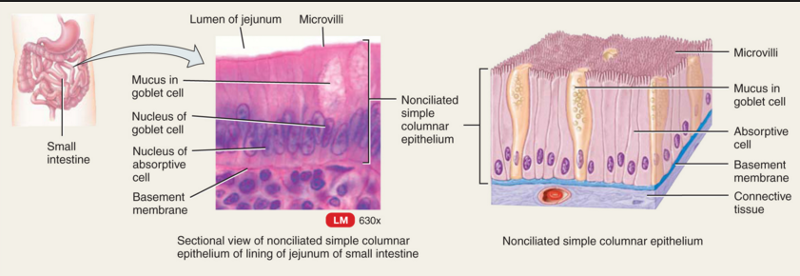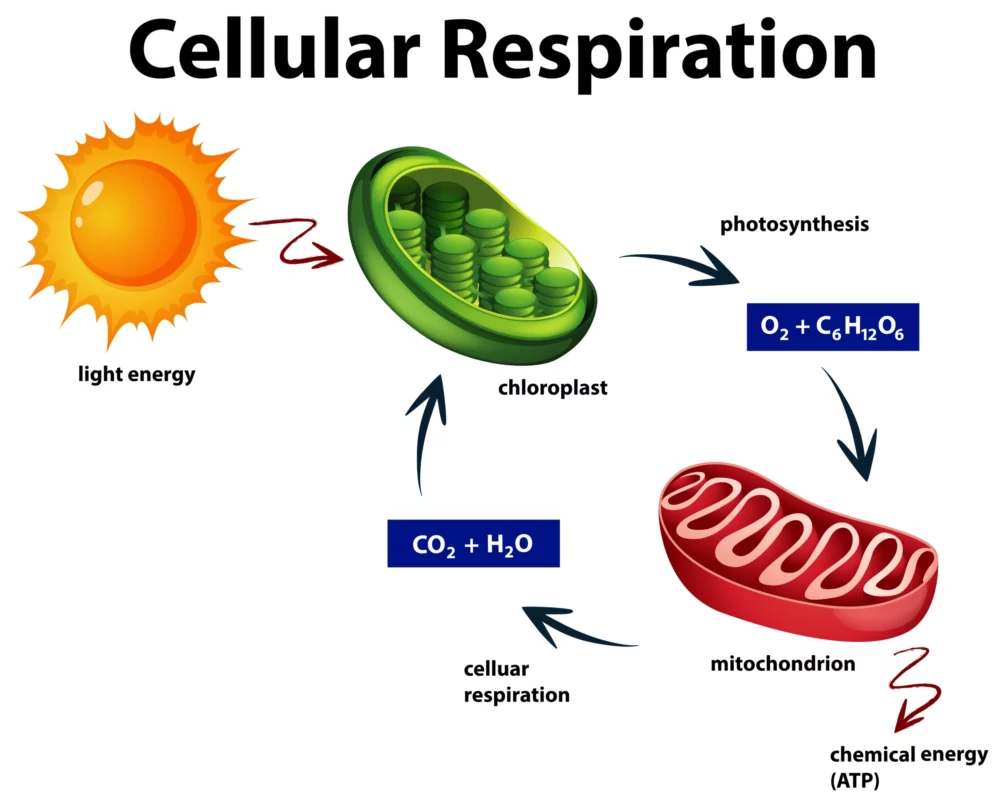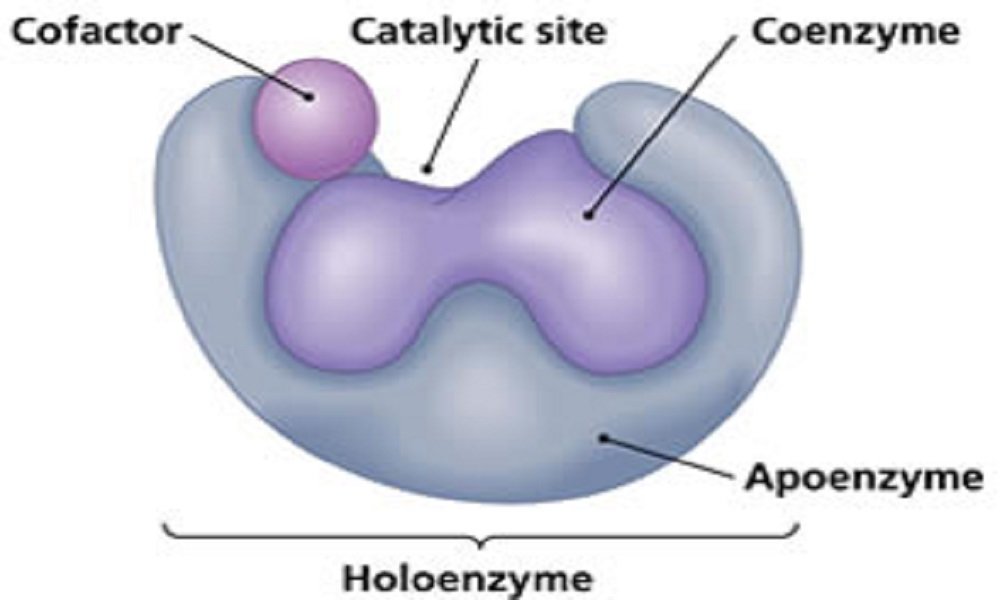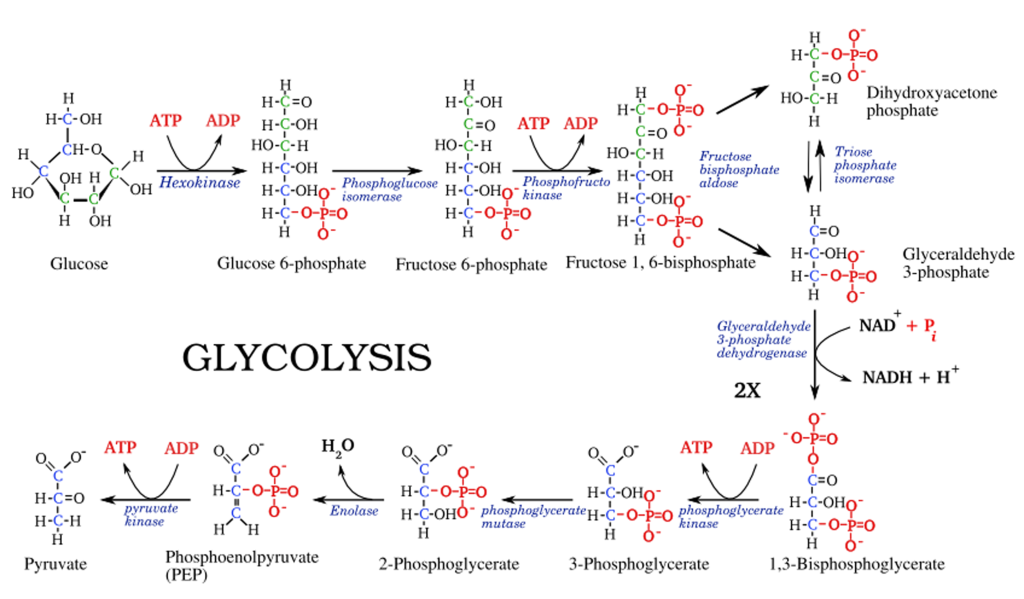Category: Biology

Animal Kingdom
Animal Kingdom covers about 35-phyla, of which 11 are considered to be major phyla. In major phyla, 10 are from Non-chordates and 1 from chordates. The 11-major phyla are – Phylum Protozoa: single-celled (solitary or colonial)Eukaryotes Phylum Porifera: Sponges Phylum Cnidaria: Jellyfishes and sea anemones Phylum Ctenophora*: Comb jellies Phylum Platyhelminthes: Flat warms Phylum Aschelminthes:…

FIVE KINGDOM SYSTEM
In this lesson, we discussing five kingdom classification. Five kingdom classification is proposed by R.H.Whittaker in 1969. the kingdom defined by him were named Monera, Protista, Fungi, Plantae, and Animalia. In this lesson, we show a brief introduction to these kingdoms for more information on kingdom please visit a particular lesson on that kingdom. Main Criteria…

Father of Various Branches of Biology
Father of Agronomy Peter – De- Cresenji Father of Agriculture Norman Borlaug Father of Anatomy Andreas Vesalius Father of Botany Theophrastus Father of Biology Aristotle Father of Bacteriology Antonie van LeeuwenhoekRobert Koch / Ferdinand Cohn / LouisPasteur Father of Blood Groups Karl Landsteiner Father of Blood Circulation William Harvey Father of Cytology Robert Hooke Father…

Symbiosis
A symbiosis is an evolved interaction or close living relationship between organisms from different species, usually with benefits to one or both of the individuals involved. Symbioses may be ‘obligate’, in which case the relationship between the two species is so interdependent, that each of the organisms is unable to survive without the other, or…

CARBOHYDRATES
Table of Contents Carbohydrates are classified into two types on the basis of molecular weight. Micromolecules – Monosaccharides and Oligosaccharides (Including Disaccharides) Macromolecules – Polysaccharides The micromolecules have the molecular weight of < 1000 Daltons whereas themacromolecules have > 1000 Daltons as molecular weight. Why do we need carbohydrates in our food? Carbohydrates provides about…

Q & A ON REPRODUCTION IN ORGANISMS
Q1. What is life span? Ans: Life span is the period from birth to natural death of an organism. Q2. Define clone. Ans: The individuals that are morphologically and genetically similar to the parent are called clone. Q3. Mention the different means/ methods of asexual reproduction with example. Ans: Cell division – Protista, Monera Binary…

BIOTECHNOLOGY
Q1. Rules to explain “The phenomenon of inheritance of biological characteristics” was formulated by: A) T.H.Morgan B) Gregor Johann Mendell C) Rudolf Virchow D) Bateson E) Lamark Q2. Genetic research was activated and a revolution in modern biology occurred in the year: A) 1951-53 B) 1961-63 C) 1971-73 D) 1975-71 E) 1981-83 Q3. Genetic engineering …

CELL BIOLOGY MCQ
Q1: The diameter of most animal cells ranges from A) 1.0 to 10 µm. B) 0.01 to 0.1 µm. C) 10 to 100 µm. D) 100 to 1000 µm. E) 0.1 to 1.0 µm. Q2: Which of the following is a feature found in BOTH prokaryotic and eukaryotic cells? A) extensive array of intermediate filaments…

Animal Tissue
As mentioned earlier, cells are the smallest units of life. In complex organisms, cells group together with one another based on similar structure and function to form tissues. Tissues provide the numerous functions of organs necessary to maintain biological life. This lab exercise seeks to introduce the various tissues found in the human body and…

CELLULAR RESPIRATION
Cellular respiration is a fundamental biochemical process that occurs in all living cells, from the tiniest bacteria to the most complex multicellular organisms. It is the means by which cells convert organic molecules, primarily glucose, into adenosine triphosphate (ATP) – the universal currency of cellular energy. This intricate and highly regulated metabolic pathway is essential…

COENZYMES
Enzymes may be simple proteins or complex enzymes. A complex enzyme contains a non-protein part, called a prosthetic group (co-enzymes). Coenzymes are heat stable low molecular weight organic compound. The combined form of protein and the co-enzyme are called as holo-enzyme. The heat labile or unstable part of the holo-enzyme is called as apo-enzyme. The…

Glycolysis Pathway
Glycolysis is a crucial metabolic pathway found in all living cells, serving as the initial step in the breakdown of glucose to produce energy. This ancient and highly conserved process occurs in the cytoplasm and plays a central role in both aerobic and anaerobic respiration. In this note, we’ll delve into the details of glycolysis,…

